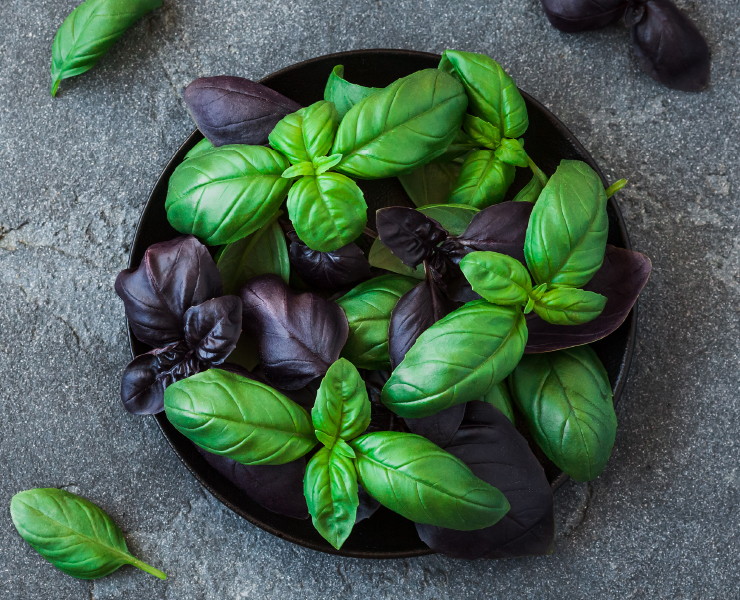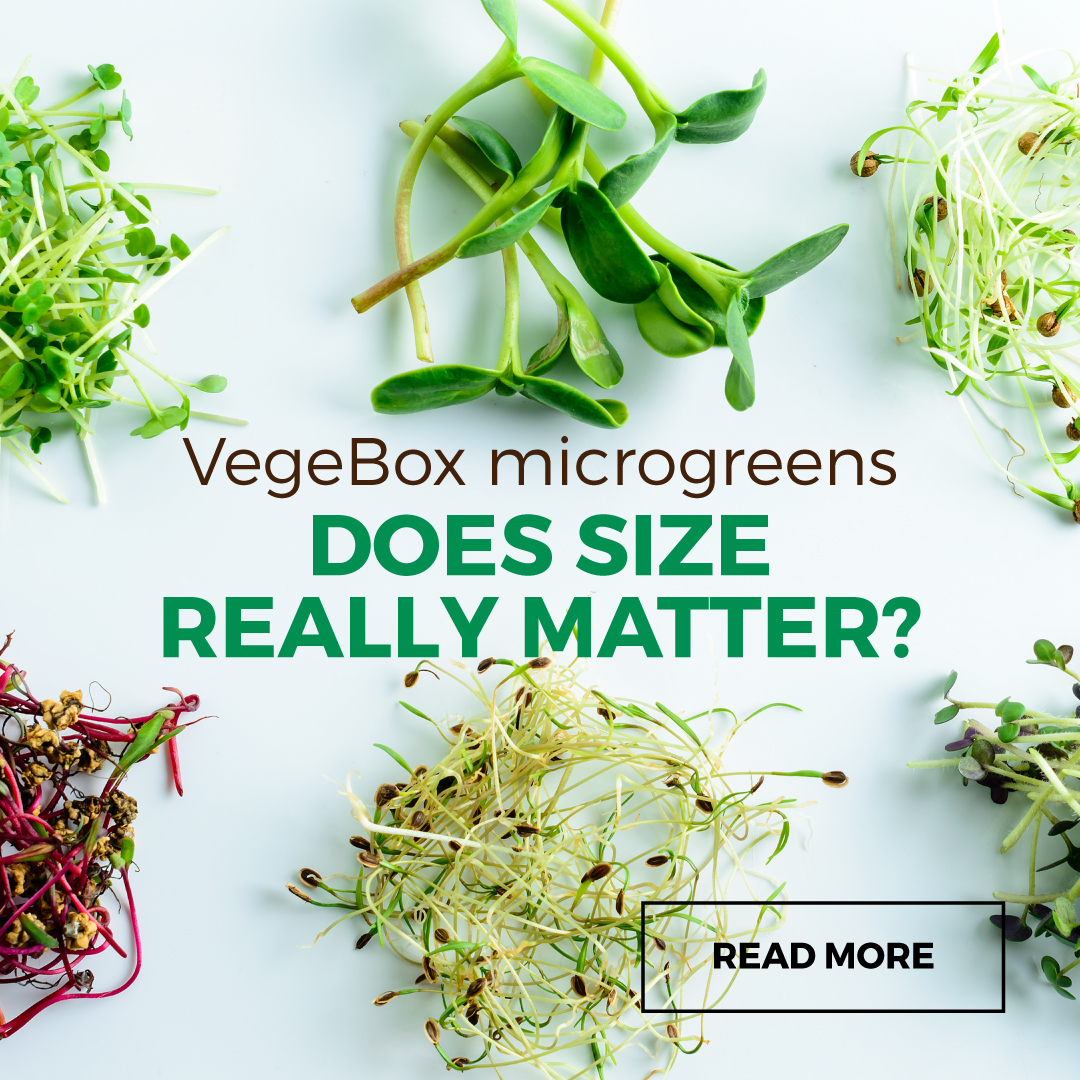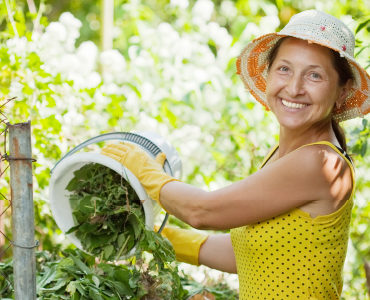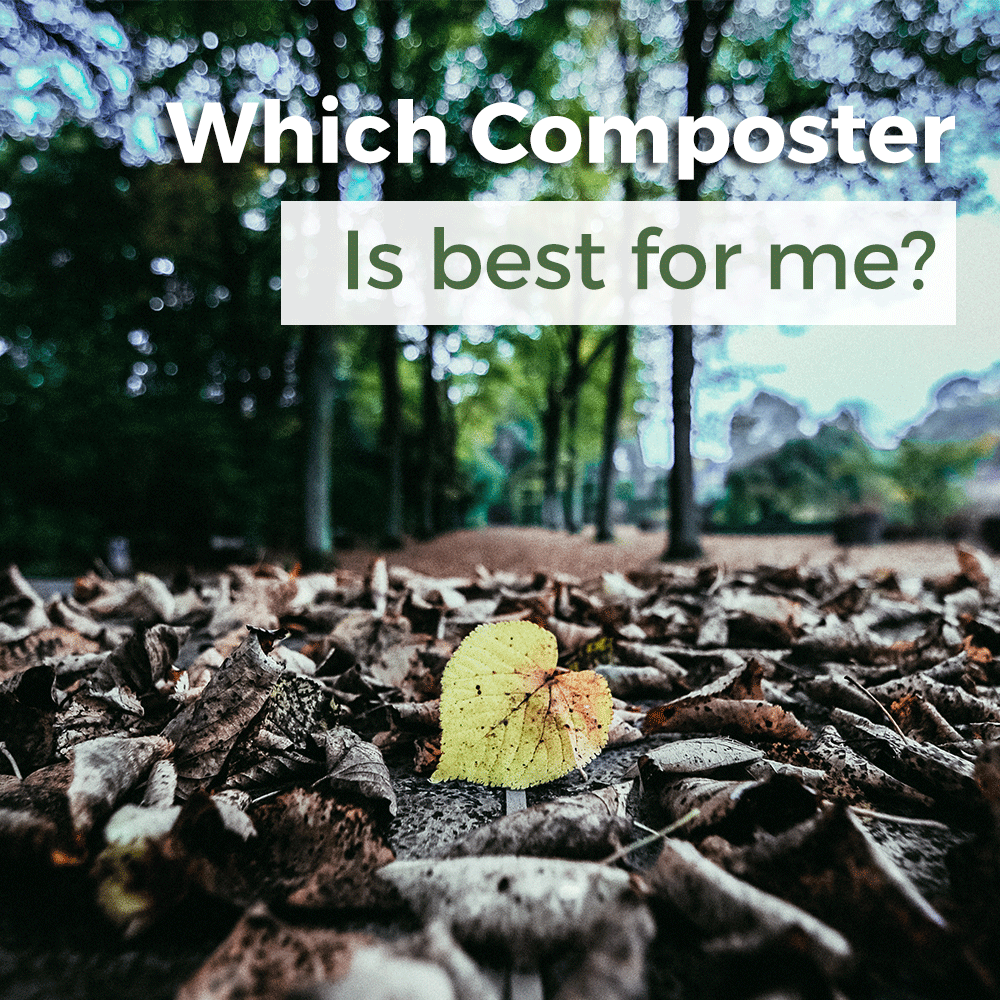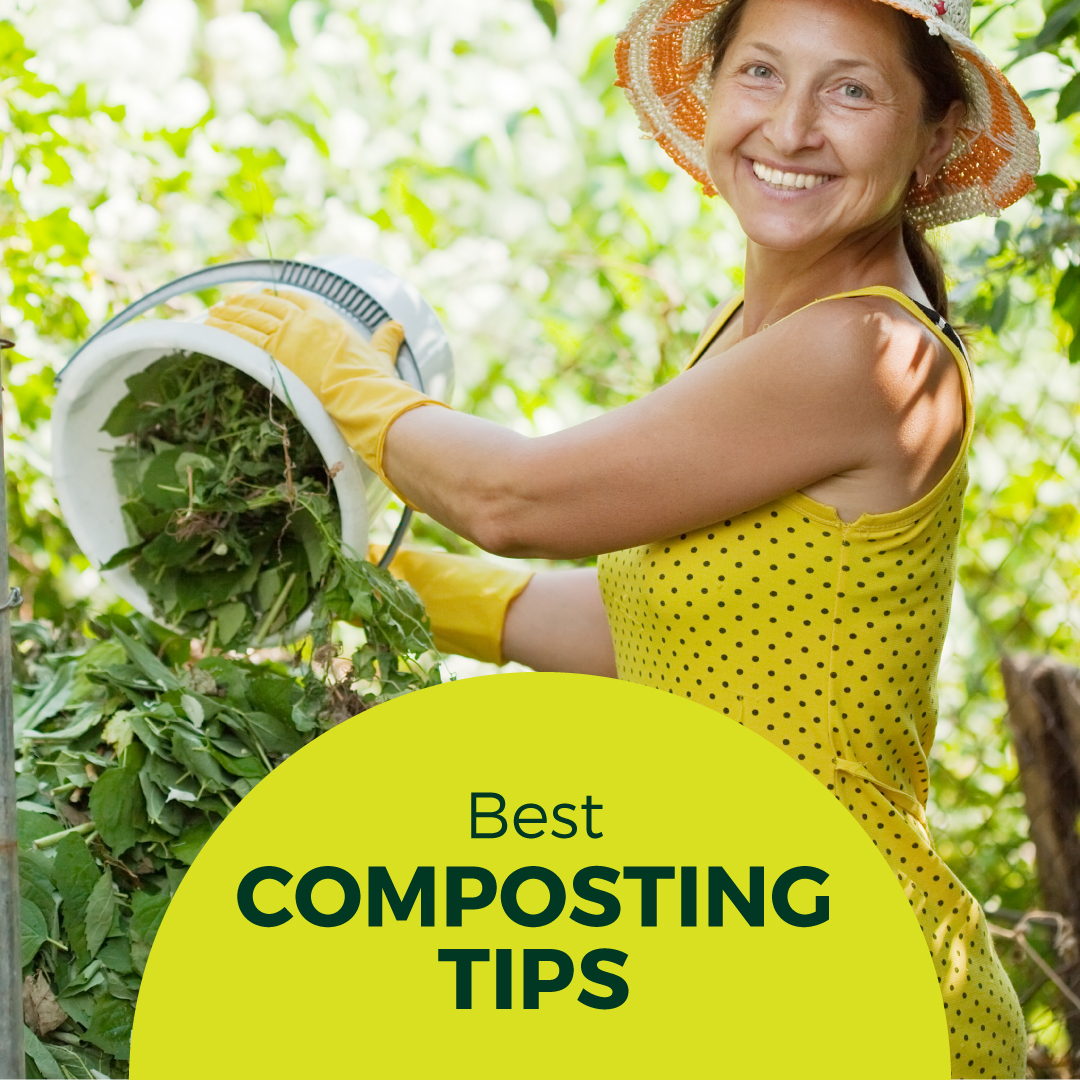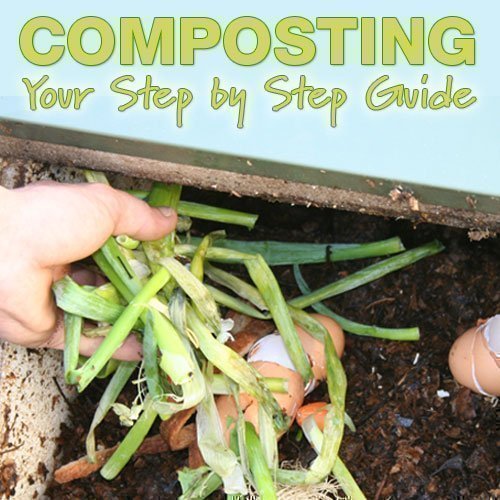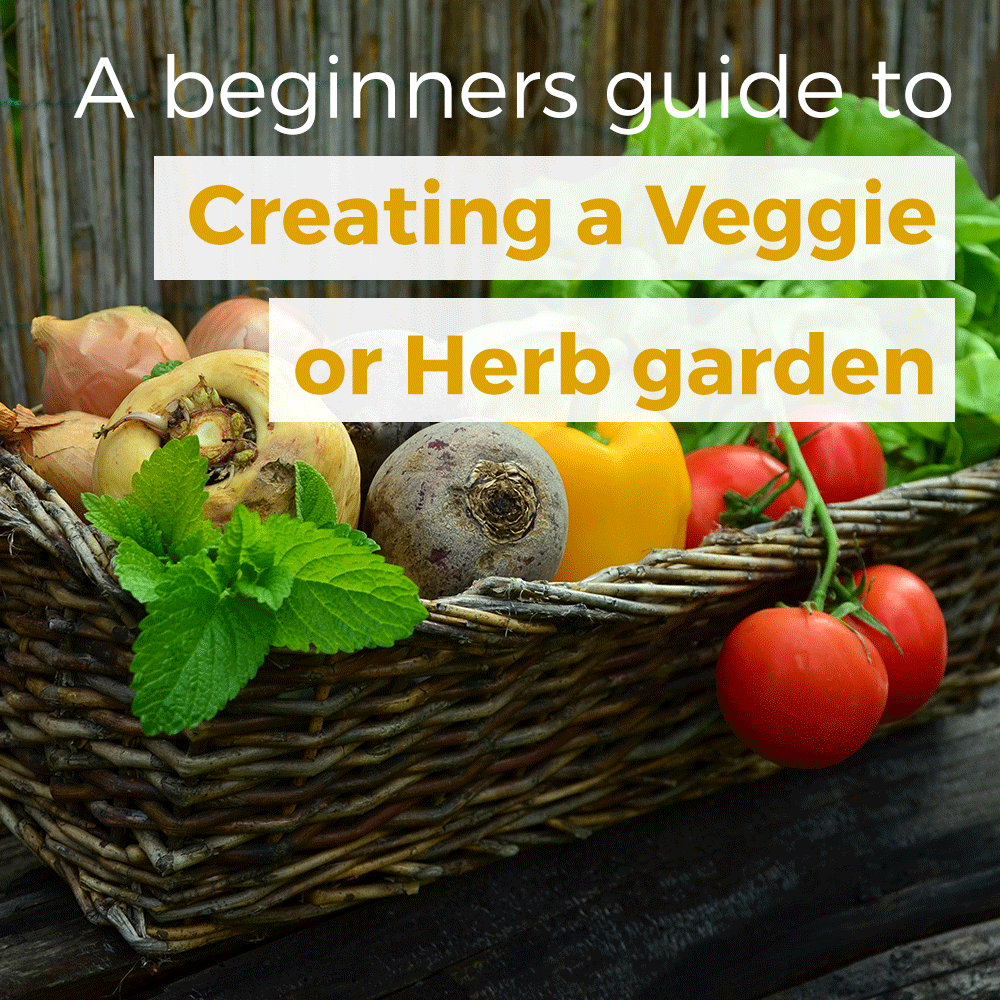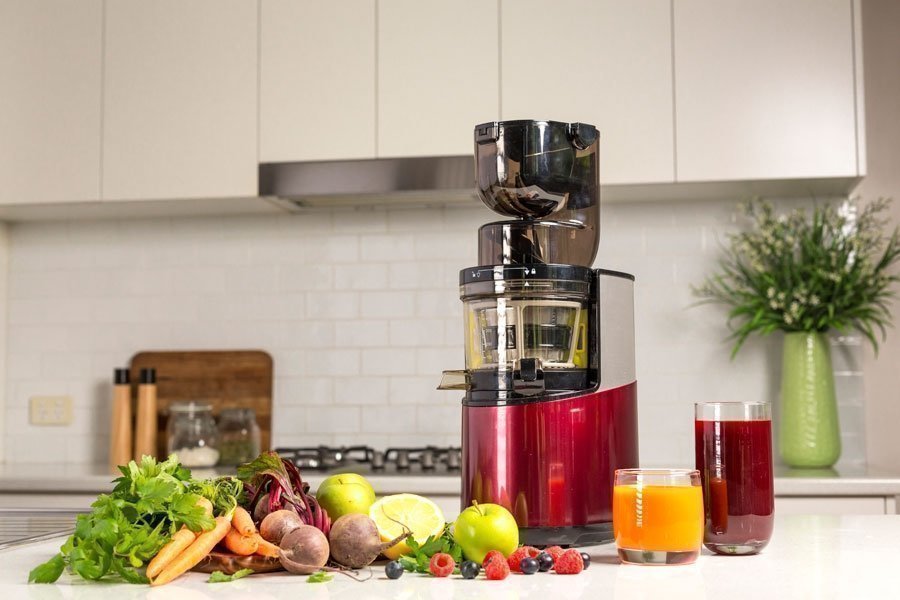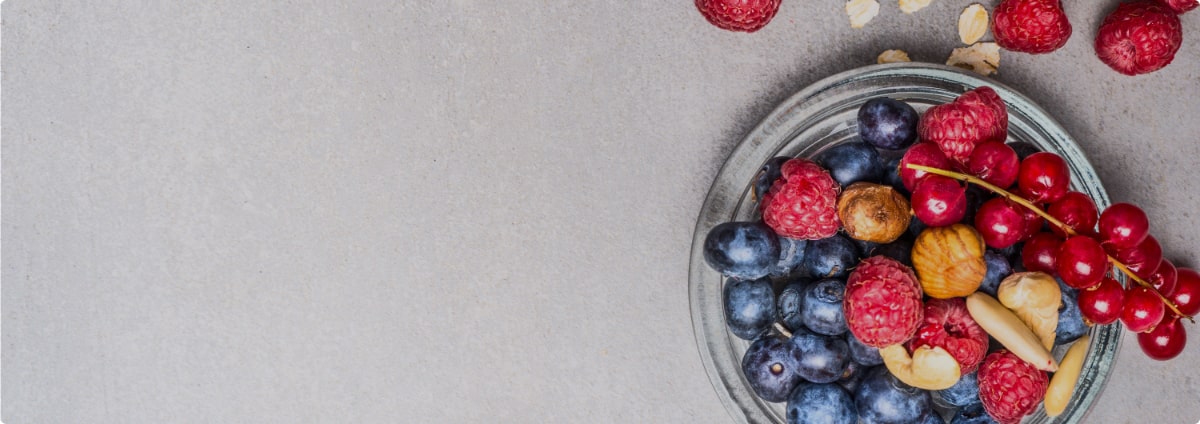Vitality 4 Life uses cookies to provide and improve our services, if you continue browsing, we consider that you accept its use. For more information, please see our privacy page.
-
Categories: Indoor Gardens, Health Recipes, Healthy Lifestyle, Organic Gardening, Food Dehydrator Reviews, Food Dehydrator Recipes05,June,2019Read More
Your VegeBox Indoor Hydroponic Garden is perfect for growing leafy delicious herbs at your fingertips. Add them directly to your cooking or use as herbal remedies in soothing teas and tinctures. The added bonus is you can dry these herbs in your food dehydrator or oven and keep in sealed jars for up to six months.
Dried Herbs from your Vegebox
No more leftovers only useful ‘do overs’.
Dried herb mixes are a simple way to add flavor to food without extra calories or additives. Store bought packaged seasonings can contain preservatives or additional sodium. Growing and making herb mixes at home with your VegeBox Indoor Garden and food dehydrators gives you ultimate control over the ingredients. You can add what you like and leave out what you don’t and they will be healthier.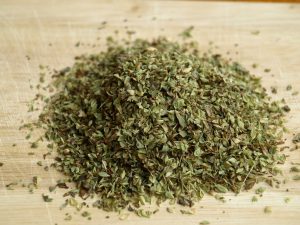
When you haven’t had the chance to use up all of your VegeBox Indoor Garden homegrown herbs rather than leaving them to rot in the bottom of the fridge you could dry them for later use. It's very simple and saves you money. Reuse those little jars over and over again.
If you don’t have a garden or patio you don’t have to worry about not being able to dry your herbs in the sun. It is quicker to use your oven or even better a food dehydrator which can be used to dry many other foods at home.
Oven Drying
Place -
Categories: Health Recipes, Healthy Lifestyle, Organic Gardening, Living Food, Blender Recipes, Food Dehydrator Recipes31,January,2019Read More
When growing microgreens it's the smaller the better
Microgreens are simply young vegetable greens or seedlings of a vegetable, herb or edible flower. They don't need a lot of room so growing them in a Vegebox indoor hydroponic garden is easy. Succulent, slender but packing a powerful, nutritious, flavour punch, microgreens are increasing in popularity. While they may seem tender and delicate they are easy to germinate and with usually five days from seed to harvest, even the most impatient gardener will be happy.
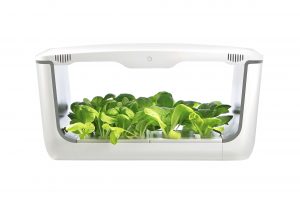
Home hydroponics is very popular especially for those who do not have a garden or patio or live in small, high rise apartments. Size matters when you don't have a lot of space and the VegeBox Indoor Vegetable Garden is compact, sleek and can fit anywhere. Plus there is no digging and weeding to be done so more time to relax.
Hydroponic vs Soil
Hydroponic microgreens have some distinct advantage over soil grown. If you are impatient like me you will love hydroponics. Plants grow up to 50 percent faster than soil grown plants. They are chemical free and less susceptible to pests and disease. Being inside they are also safe from the bigger, furry variety of pest.
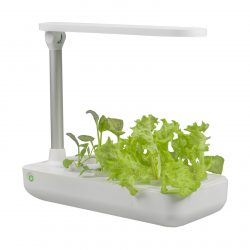
-
24,January,2019Read More
Why should I start composting? What is it anyway and what will I do with it once I have made it? Understanding the value of finished compost is one of the best ways to get into composting.
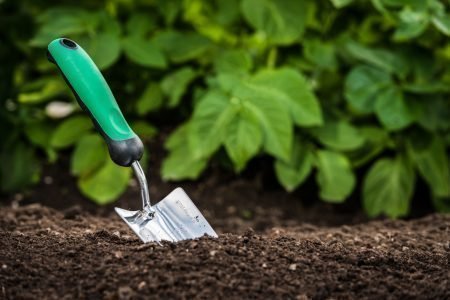
Often referred to as “Black Gold” by organic gardeners, it’s relatively easy to make, virtually free and good for the environment. Why wouldn't you want to do it? We have compiled our top 10 reasons to start composting today!
Top 10 Reasons to Start Composting NOW
1. It's good for the environment
About half of what we throw into the garbage bin is food and garden vegetation. Composting reduces greenhouse emissions and reduces your carbon footprint because when organic waste ends up in landfill, it decomposes without oxygen and produces methane and carbon dioxide both of which contribute to Global Warming.
Almost half of all household waste is organic and can be recycled through composting, by doing this you are not only reducing the amount of waste that goes into landfill but you are also helping to reduce greenhouse gases and protecting the environment.
2. Turn your trash into treasure
Organic gardeners call compost “Black Gold” for good reason. It is rich in nutrients and minerals that will help your garden thrive and is made purely from organic waste product which would have previously ended up in the bin.
Composting forms an integral part of the sustainable garden food chain. From the garden to the plate and back to the garden again.
3. Compost helps your garden to retain nutrients and water
Compost is a nutrient rich fertilizer that helps soil retain water. Compost also improves soil aeration by creating air pockets between soil clus
-
05,July,2018Read More
Successful composting involves the right conditions. You can control certain factors by changing the type of waste matter you are adding, but factors such as oxygen levels and temperature can be very hard to manage. The correct choice of composter can allow you to easily cater for this and achieve composting success.
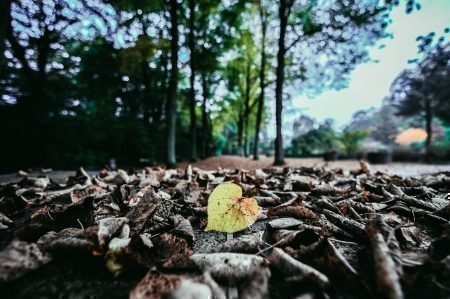 If climate and location are potential issues for you, an insulated composter is recommended to regulate temperatures in both hot and cold climates and locations.
If climate and location are potential issues for you, an insulated composter is recommended to regulate temperatures in both hot and cold climates and locations.Composters with adjustable air vents can assist with oxygen control and those that are sealed and elevated can prevent rodents while allowing for a wider range of waste materials to be composted.
Rotating Versus Fixed Composters
Both fixed and rotating composters are effective options for producing your own organic compost soil at home. However, several additional benefits of a rotating model outweigh fixed design models - offering you the best conditions and functionality.
Benefits of A Rotating Composter
- Fast Waste to Compost Time – The compost process time is reduced due to the ability to easily and thoroughly mix your compost.
- Pest Control – Rotating bins are totally sealed and off the ground so rodents and animals accessing your compost is not a concern
- Durability – Composters that are designed to rotate are made from stronger materials to ensure rotation process can be support so will provide a longer lifespan.
- Oxygen Control – Rotating compost bins allow for adjustable airflow.
- Temperature Control
-
28,February,2017Read More
Keen to start composting? Have you tried before and did not create that beautiful ‘brown gold’ compost soil that you’ve heard about?
Don’t give up now! With a few tips, you can easily turn your kitchen and garden waste into good quality, organic compost to feed your garden.
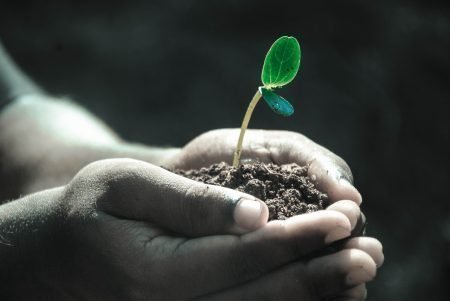 For the transformation of waste to compost soil to occur the right conditions need to be in place. You will need the right balance of oxygen, temperature, moisture, organic matter, and the right type and number of microorganisms.
For the transformation of waste to compost soil to occur the right conditions need to be in place. You will need the right balance of oxygen, temperature, moisture, organic matter, and the right type and number of microorganisms.The organic matter portion of the formula will need to be made up of the right levels of nitrogen and carbon to achieve optimum results. The levels of each will depend on your climate, composter location and the type of organic waste that you are adding.
But don’t be disillusioned. While it sounds like you need a science degree to make composting work, you can rest assured that you don’t. We are here to help you become the envy of your family, friends and neighbours with the best garden on the street!
Balancing Nitrogen & Carbon Waste
First things first; most waste produced from home users contains higher percentages of nitrogen from kitchen waste such as vegetables, fruits, leftovers, meats, coffee grounds etc. This therefore needs to be balanced in the compost with carbon waste from such things as straw, sawdust, leaves or shredded paper (just ensure the paper is not heavily printed).
If carbon based waste is not something that is included as part of your normal compost, adding some carbon material should be done each time you add compost. A good guide is a ratio of 10% carbon to the amount of compost you are adding from kitchen waste - this ensures an ideal balance of the two.
Tip: A covered b
-
20,March,2015Read More
Let's get ready to tumble!!
Composting isn't a new thing that we in the 21st century have just started doing; in fact the practice of composting is thousands of years old! There is evidence that the Romans, Greeks and the tribes of Israel all knew about compost, there are references in the bible and also in Renaissance literature by notable writer William Shakespear! Although we suspect that the steps are somewhat different these days.
Read on to find out just how easy it is to start your own compost pile with the use of a Joraform Rotating Composter.
Compost in 3 easy steps...
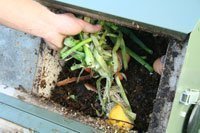
Step 1
To begin, simply add your daily kitchen scraps, and garden waste to a starter eg; active compost (you can purchase active compost from your local hardware or gardening store).
The insulated environment will increase in temperature; creating the ideal ecological environment for decomposing solid matter.
Step 2
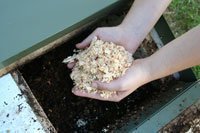
Add some “brown matter” such as sawdust, hay, leaves and small twigs or shredded newspaper to ensure you have the correct ratio of wet & dry ingredients.This creates aeration within
-
26,June,2012Read More
Thinking about starting your own garden but live in a city or have limited outdoor space? Vitality 4 Life has put together some tips for starting your own vegie and herb garden no matter how much space you have.
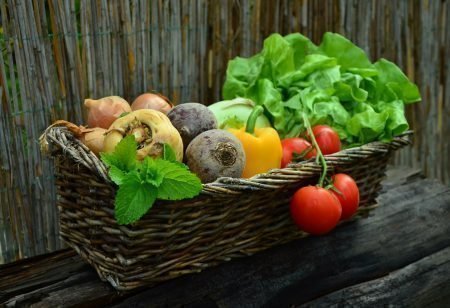 Remember, healthy eating starts at home. Nothing is healthier than taking something straight from the soil and putting it on your plate.
Remember, healthy eating starts at home. Nothing is healthier than taking something straight from the soil and putting it on your plate.1. Plan! Plan! Plan!
Before you go out and buy your seeds and soils and tools keep the following in mind:
- Climate: What is the climate like in your region? What is the season?
- Space limitations: Do you have a yard? Do you have soil? Or are you living in an apartment? This will determine what tools you will need to purchase and how much you can realistically grow.
- Domestic habits: Be honest with yourself. How much time are you going to actually want to spend in your garden?
- Production levels: How many vegies and herbs do you actually need? Are you really going to want Chinese Leeks or would parsley, mint, basil and a variety of lettuce be sufficient?
- Aesthetic desires: Do you want hanging baskets, a composters and trays for growing seedlings on your tiny balcony? If you have a small yard, how much of it do you want taken up by a vegie patch?
2. Choose according to season
This is very important. If you want to see some easy success in your garden choose your vegies and herbs according to the season.
When I first started my vegie garden I wanted vine tomatoes and cherry tomatoes. I had visions of beautiful red tomatoes growing in my yard and bringing friends my extra









